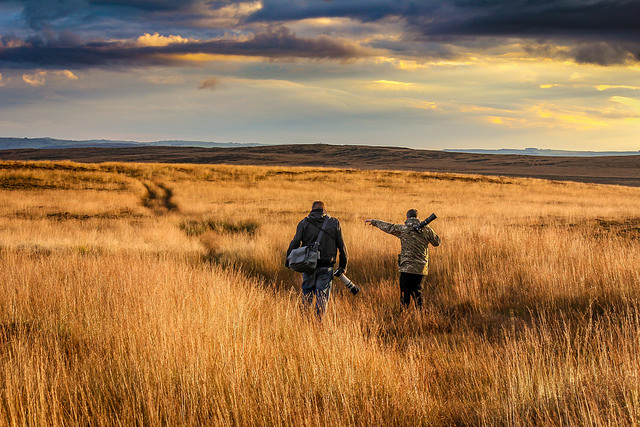In the latest post by out Community Engagement Fellows, CEFP2017 fellows Melanie Binder and Rosanna Volchok catch us up on what their project team has been doing to better understand the current landscape of community advocate programs in science and technology.
Posted by Melanie Binder, Community Engagement Manager and Social Media Coordinator for the American Society of Plant Biologists (ASPB), and Rosanna Volchok, Network Engagement Manager at the New York Academy of Sciences

The goal of our CEFP project team is to gain a stronger understanding of what makes a successful advocacy/ambassador program for scientific communities. As a follow up on Allen’s blog post describing who we, the Advocacy Ninjas, are this post provides an update on what we have been working on since then.
One of the initial challenges we faced as a team was deciding on the final output and format of our research findings. For example, did we want to publish a paper, produce a report, or present at a conference? Once we chose the final format–a detailed report with a scorecard and case studies–then it was time to get to work on a survey that, ideally, would address our two main research questions:
- What do community advocacy/ambassador programs in science and tech look like?
- What makes these programs successful?
1. Background research
To inform our survey questions, our team first identified a set of spectra and characteristics of different community advocacy and ambassador programs. When identifying these program characteristics, we each reflected on the advocacy and ambassador programs we are responsible for at our own organizations. We also reviewed characteristics of advocacy/ambassador programs at external science and tech organizations. The spectra we compiled fell into a list that included, but are not limited to:
– The role of the overall community to its members
– The objectives of an advocacy/ambassador program
– The size of an advocacy/ambassador program
– The term of commitment and responsibility of participants in an advocacy/ambassador program
– The budget and resources of an advocacy/ambassador program
– The nomenclature for participants in an advocacy/ambassador program
– The recruitment and selection process of an advocacy/ambassador program
– The mechanisms of tracking participants in an advocacy/ambassador program
– The indicators of success for an advocacy/ambassador program
2. Writing the survey
From the list of external programs we had researched, we generated an outreach list of advocacy/ambassador program managers we would survey. We then drafted a long list of questions that we edited down and organized into a 10 minute survey. The survey was designed by the CEFP project team in consultation with Dana Burns, one of AAAS’ own Research Analysts and Lou Woodley, Community Engagement Director at Trellis and CEFP Program Director.
The survey was organized into the following sections:
– Description of Overall Community & Membership
– Description of Advocacy/Ambassador Program
– Recruitment for Advocacy/Ambassador Program
– Incentives and Support for Advocacy/Ambassador Program
– Success Metrics for Advocacy/Ambassador Program
3. Collecting responses
As part of our prep work, we also developed email and social media templates for conducting survey outreach to our list of advocacy/ambassador program contacts. Once we had laid out an outreach schedule and put the finishing touches on our communication plan, we were able to begin reaching out to community program managers engaged in this work!
Community advocate/ambassador programs in science and technology are a formal way for organizations to empower community members to promote their mission. Do you run or have you participated in such a program?
Please take our short, confidential survey here! The survey is open through October 6th.